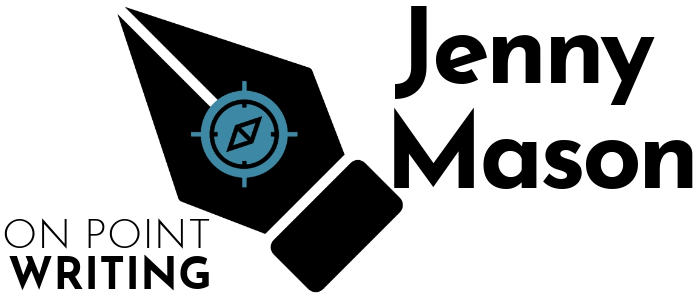Within these pages, I encountered something I doubt I’ve seen in any other children’s book; something I never though I’d run across; something so shocking, I almost didn’t write this post.

Smith, Brooke. The Keeper of Wild Words. Illus. Madeline Kloepper. San Francisco: Chronicle Books, 2020.
Genre: picture book
Summary: A grandmother and grandchild embark on a wilderness scavenger hunt. They cannot return home until each word on the list is found in nature.
Critique: Brooke has a school assignment that only her grandmother, Mimi, can help her with. She needs to bring something from her summer vacation to show and tell.
Before Brooke can tell Mimi about the assignment, Mimi does something I am not sure I’ve ever seen in a picture book. She intercepts the plot and reroutes the story. She presents Brooke with her own problem: a list of nature-related words that have been removed from the dictionary to make space for more technological words.
Her agenda takes precedence. Off they go to find ferns, wrens, lavender, apricots, willows, and acorns, to name a few items.
With the scavenger hunt completed, Brooke remembers her assignment. She opts to take the word list to show and tell. Theeee End.
To be clear, I have seen plenty of characters thwart other character’s desires and wants. Usually, those characters are equals, either in age or status. One child upends what another child wants. Or in Mo Willem’s Elephant and Piggie books, Piggie and Elephant are different creatures, but they are both child-like figures and therefore equals. And most often, Piggie’s wants supersede Elephant’s.
Children and adults are not equals. Parents or other adults are authority figures. If, in a picture book, an adult sets an agenda, the child protagonist often thwarts that plan, either through a dogged devotion to her own agenda, or through the power of imagination. For instance, “time for bed” is a common adult agenda that young protagonists defy in myriad ways. Harold draws his way out of bedtime in Harold and the Purple Crayon. Max escapes to a fantasy island in Where the Wild Things Are.
An emphasis on the child’s desires or wants makes sense. Children’s books are for children. The genre is like a nature conservancy where childhood’s flora and fauna are protected. In reality, adults set the agenda all the time. They can essentially shush children and dictate what will happen next.
Why?
Because I said so.
Children’s books playfully drain the power out of that paradigm. They endow children with power. The power to choose, to act, the make mistakes, to learn. And most importantly, the power to grow. Which is why I almost didn’t publish this post. I prefer to share books I adore; books with dazzling writing, courageous characters, subversive themes, hilarity, and heart.
Nonetheless, I ultimately opted to share this book because its adult-centered plot does stand out as unique in the field of children’s books.
Interestingly, the illustrations for this book resemble the bold, flat, two-dimensional drawings most children produce. The artwork suggests that this is a child’s world drawn to embody the child’s perspective. Readers naturally expect the story will mirror the child’s perspective. Instead, Mimi’s adult agenda defies not only this expectation, but also the entire genre. Adulthood prevails over childhood. It rides roughshod over the child protagonist’s wants.
Ironically, in a book about the young generation’s role in nature preservation, adult power is the invasive species.


as an educator, a writer, and a mother, I can see where you’re coming from. however, what’s not taken into account is the preservation of a child’s spirit due to the adult’s agenda — in a way, the adult is preserving her own childlike wonder by devoting herself to the task of keeping the internal wilderness alive. When we lose this internal wild, we lose our childlike curiosity and our true place of belonging in the world. This is an act of love on behalf of the adult. Preserve the wild and all that connects to and stems from it. Preserve the imagination.
So grateful to have your perspective on the text, Jess! There’s no doubt that parents, teachers, and other adults who interact with children can be ambassadors of hope and lifelong curiosity. And had this book chosen to focus on Mimi’s mission to preserve and rekindle that internal/external wildness with nature while having her granddaughter’s help, I bet it would have then created a very compelling story; one that opens a door for children to peek into the adult plight and see new opportunities to play a compassionate, helpful role helping others be young again. Essentially, it could have simply cut the ploy regarding Brooke’s assignment, and created a story that aligns with your apt assessment.